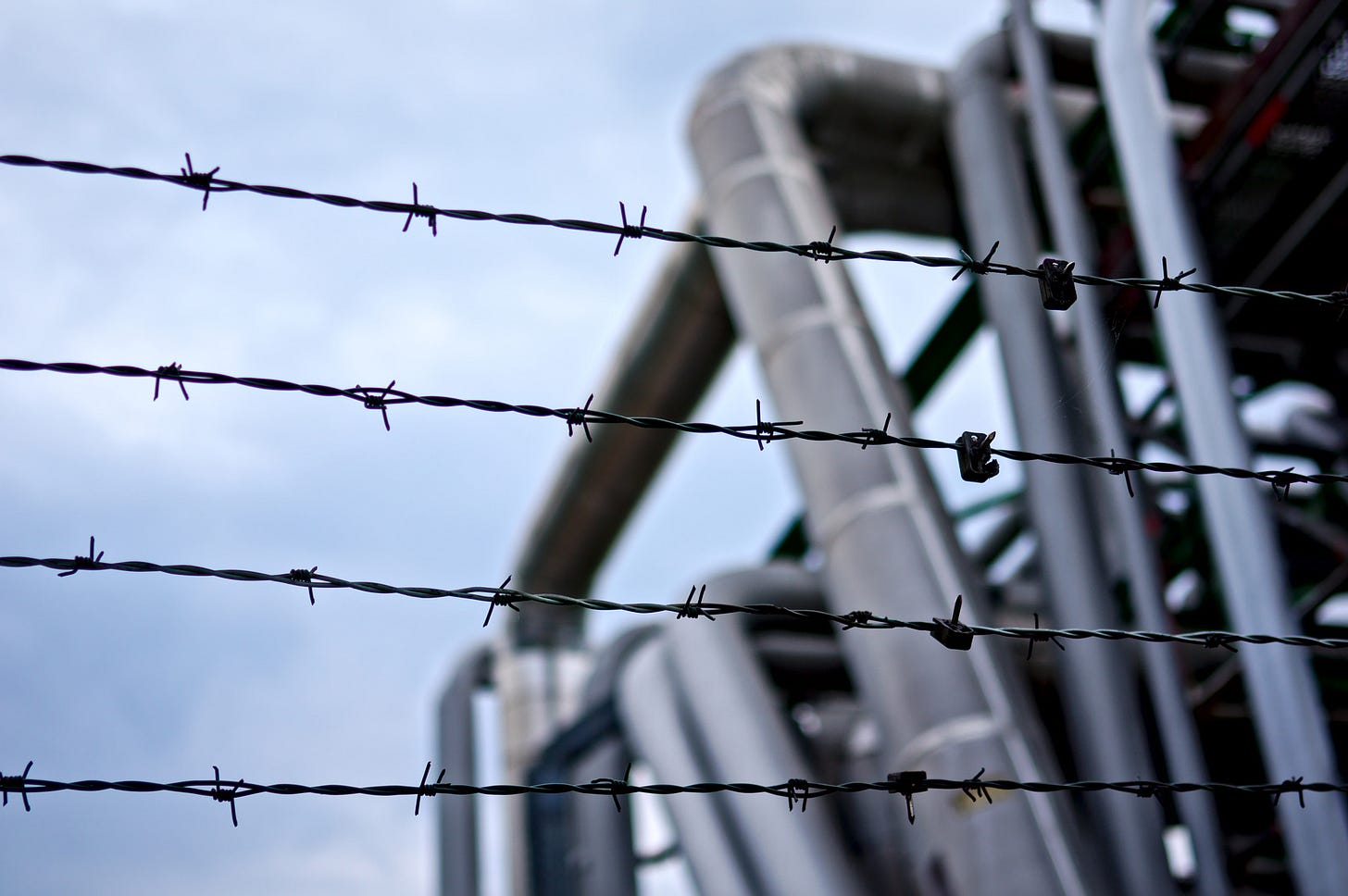The April 2025 issue of the Process Safety Beacon has the title Knowing “Why” Makes Tasks Safer. It describes two incidents that led to workers being severely injured.
The article’s ‘What Can You Do?’ sidebar has seven suggestions as to how incidents such as those can be avoided. Two themes run through the suggestions: the need for thorough procedures, and the importance of training. (These themes are actually two sides of the same coin. There is little point in having procedures if the affected employees are not trained in their use. Equally, it is not possible to provide equipment-specific training without having good quality procedures.)
However, as I was reading the article, it struck me that there is another theme to the themes, and that is the rule known as Chesterton’s Fence, a principle articulated by the writer and philosopher, G.K. Chesterton. The concept is simple but powerful:
Do not remove a fence until you know why it was put up in the first place.
The idea is that when you come across a rule, system, or barrier whose purpose isn’t immediately obvious, you shouldn’t discard or alter it until you understand why it was created. Often, such systems were developed in response to real problems — possibly forgotten or no longer visible. If the fence is removed, the problem may resurface.
Chesterton and Process Safety Management
Chesterton’s Fence concept aligns perfectly with the goals of a mature process safety culture: curiosity, humility, and respect for systems developed through hard-earned experience. Here are some examples.
Operating Procedure
A new operator sees a step in the startup procedure that seems unnecessary and time-consuming, like venting a line for 30 seconds before opening a valve. But that step may have been added after a past incident involving over-pressurization or air ingress. Many procedural details seem trivial until something goes wrong.
Mechanical Integrity
A worker thinks that a scaffold brace is unnecessary because it's not bearing weight. But before removing it, she should ask why it was installed. It may serve a purpose like lateral stability during wind gusts.
Management of Change
An engineer proposes removing an apparently redundant relief valve to simplify the system and reduce maintenance costs. But the valve may have been installed to meet a specific regulatory or process condition that’s still valid, even if not obvious.
Mechanical Integrity
A vibration monitoring program is canceled to save costs because the equipment ‘hasn’t failed in years’. However, that track record might exist because of the monitoring program. Eliminating it without understanding its protective value could reintroduce failure risks that were previously mitigated.
Process Hazards Analysis
A team reviews a node and decides a hazard scenario is no longer credible because it has never happened. We have all heard comments on the lines of,
“I’ve been here 14 years, and I’ve never seen that happen . . . ”, with the unspoken implication, “ . . . therefore it cannot happen”.
It is the job of the PHA leader to crack that shell of unjustified self-satisfaction. The absence of incidents is not proof of the absence of risk. Chesterton warned against dismissing scenarios simply because people no longer remember the original concern or incident that prompted their inclusion.
Emergency Response
A site drops the annual joint-drill with local responders because, ‘it’s always the same and takes too much time.’ Chesterton would tell us that the drills build relationships and readiness that show their value when something bad happens.
Conclusion
I doubt whether G.K. ever entered a chemical plant or oil refinery in his whole life. However, he thoroughly understood the importance of Management of Change:
Before removing a barrier know why it was installed in the first place.







